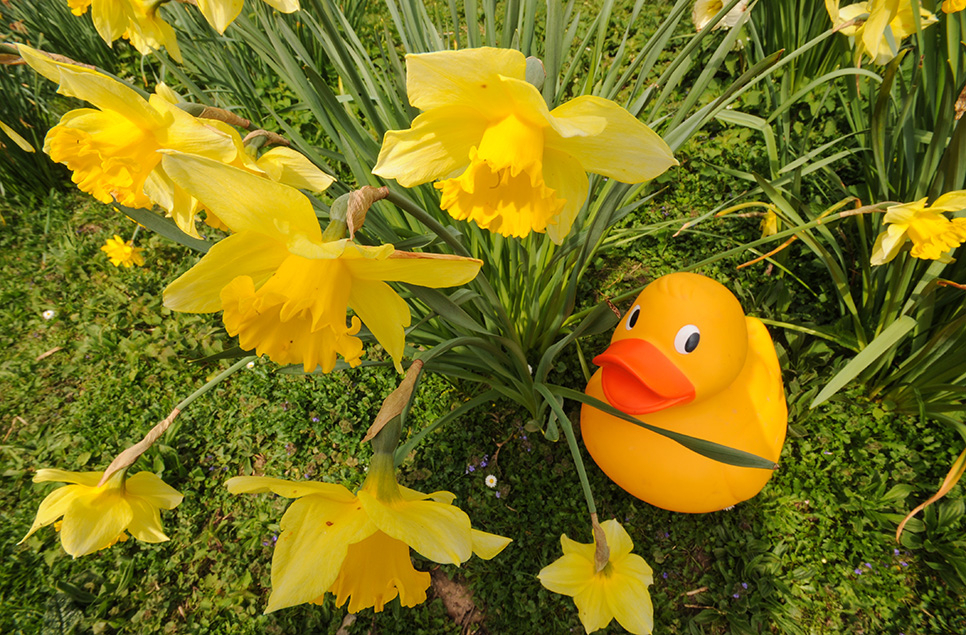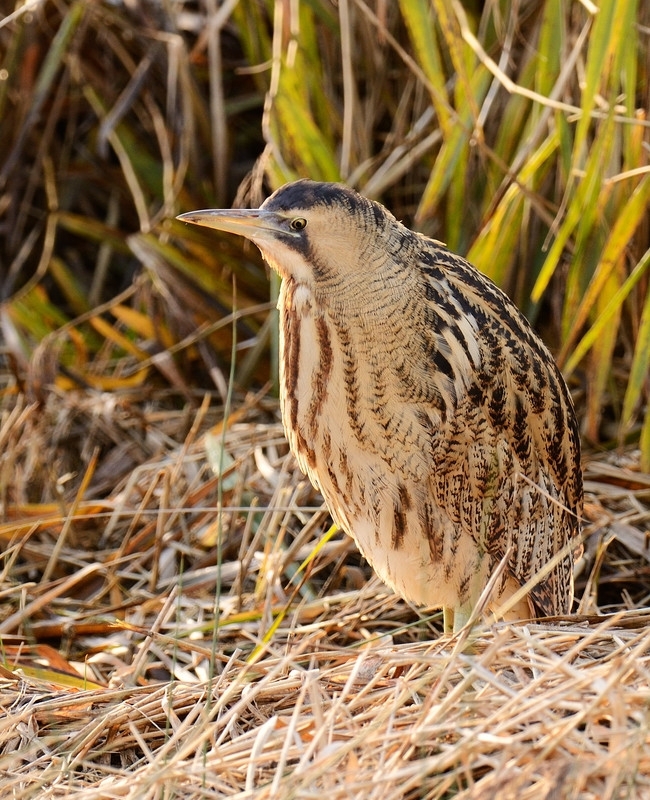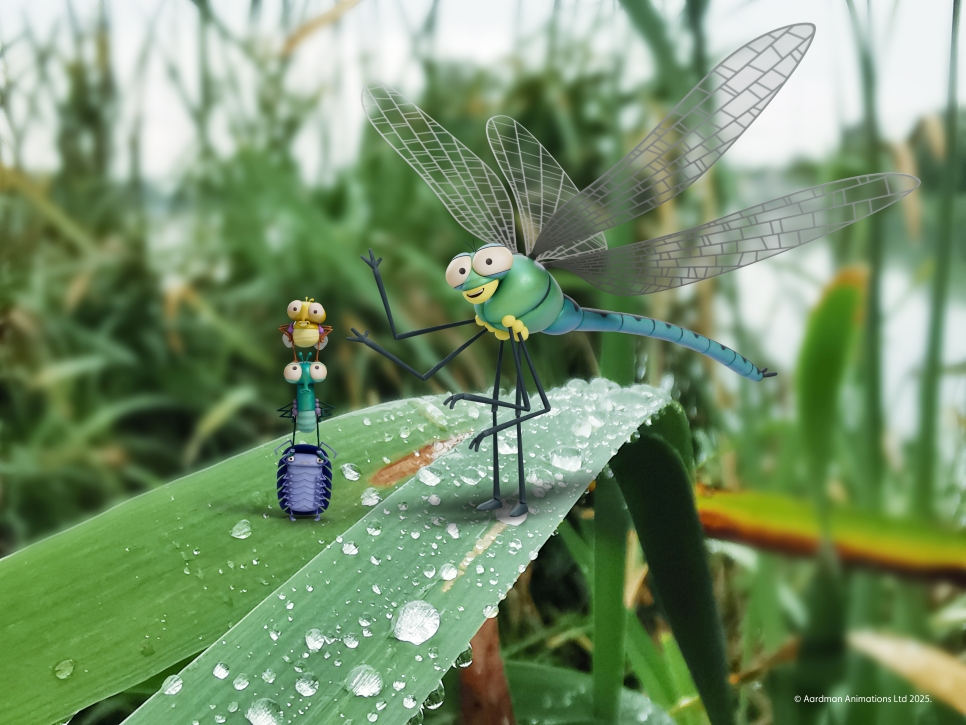Owl spectacular on the reserve
Martin Mere is a great place to see a wide variety of owls – you could see up to 4 species in one day.
Owls are incredibly specialised birds of prey. Their round heads and flat dished faces, with forward-facing eyes make them well adapted to hunting their typical prey of frogs, insects, mice and other small mammals. Most are nocturnal or crepuscular (active at dawn and dusk), but some may be seen by day. Martin Mere is a great place to see a wide variety of owls – you could see up to 4 species in one day. You can watch barn owls hunting over the fields, tawny owls sat high up in the trees being shouted at by blackbirds, a little owl sat on top of the barn looking for prey or a short-eared owls soaring overhead.
At Martin Mere we have 5 barn owl boxes spread across the site. In 2019, 3 of the boxes were used and 3 pairs of barn owls fledged 8 chicks. Barn owls can have up to 3 broods in a good year and sometimes fledge chicks in December. The female will sit in the nest box for up to 4 weeks being fed by the male as she tests him to make sure he’s a good provider and there is enough food around before she will lay her first egg. Perhaps the most recognisable British owl, the barn owl will sometimes hunt in the daytime and can be seen hunting over farmland and grassland. They have exceptional hearing and can find prey by sound alone.
Our Reserve Team collects up barn owl pellets (owl vomit) and analyse what they have been feeding on. We mainly find the undigested fur and bones of short tailed field voles, which is their favourite food. On our reserve, we keep the grass long and full of tussocks in some of our fields which creates a perfect habitat for the field voles to breed, providing lots of food for the barn owls. The best place to see the barn owls at Martin Mere is in Long Meadow Barn, which you can see from the Reedbed Walk, and hunting over the fields from the Ron Barker Hide.
We also have four tawny owl boxes on site and in 2019, two pairs of tawny owl bred and fledged 4 chicks between them. They are early nesters and often the females are sitting on eggs in February. The males either sit in the entrance of the nest box keeping watch, or they sit in a nearby tree and sleep. Tawny owls have a more varied diet feeding on small birds, small mammals and frogs. The female tawny owls make a “Twit” call and the males make the “Hoooot” call to create the well-known “twit-twoo” sound associated with owls. At Martin Mere, the best places to see the tawny owls is either in the entrance hole of the nest box by the Janet Kear Hide, or sat in the ivy covered tree by the Kingfisher Hide.
We also have little owls on site. They breed in the dilapidated barn in Langley’s field which is visible from the public footpath. They are mainly seen at dawn and dusk, often sat on top of the barn scoping the area for food. They feed on beetles, slugs and earthworms.
Short-eared owls are a rare visitor to Martin Mere. They can be seen annually hunting over the short grassland. Short-eared owls employ a hunting technique known as “quartering”, which consists of a mixture of flapping, gliding and hovering low over grassland to locate their prey of small mammals or birds. These owls are very well camouflaged and have bright yellow eyes and small tufts of feathers on the top of its head, which is how it got its name.
We run bat and barn owl nights throughout spring and summer, allowing visitors exclusive access to the site, for a guided tour of owl hot spots on the reserve. Seeing an owl is a fantastic experience and one that many of our visitors enjoy. Check out the What's On page to book your ticket to one of these wonderful events.



